Signs have gone up all around the province. The election officially began on Saturday. The campaign is now fully underway.
The first municipal election I ever voted in the race for mayor came down to three votes. I was new to understanding how elections worked then, but afterwards I realized that had I convinced only four people to get out and vote — or two people to change their minds — I could have changed the outcome. I've never missed an election since.
The provincial election is not one singular election but 93 riding-level elections happening at the same time. Each riding elects a single representative, who then will either join the government or the opposition, depending on which party wins the most seats.
Registering to vote
Unlike our neighbours to the south, registering to vote in advance is not required in British Columbia — you can register at a polling station when you go to vote — but it makes the process much easier.
You can register online with your Driver’s License, BC ID, Social Insurance Number or Personal Health Number. You must be 18 years or older, and have been a resident of British Columbia for six months prior to the election date (before April 18th 2024). If you have moved within BC, you can register at your new address immediately and be eligible to vote in your new riding.
You also can register to vote even if you are not yet old enough to cast a ballot. If you are 16 or 17, you can register online and be automatically added to the voters list when you turn 18.
If you’re unsure if you are registered, register anyways! If you are already registered, Elections BC will just update your file.
There are a few special circumstances — if you are homeless, for example, you can use the address of a shelter or hostel you are staying at.
Which riding are you in?
Since 2020, there have been quite a few significant changes to the electoral map. You can find out which riding you are currently in by checking your address online.
In 2020, you needed to go to a specific polling station to cast your vote. No longer! Thanks to upgrades to the vote counting systems, you can now vote at any polling station, anywhere in the province! Any polling station can print a ballot for your riding, and your vote will be counted on election night for your riding.
Get to know your candidates
There are a lot of ways to get to know your local candidates. You can check their websites, call their campaign office or stop by yourself and see what their priorities would be as your MLA.
I also recommend going to all candidates debates and seeing how the candidates interact with the community they are seeking to represent.
Whatever your priorities are, or criteria for deserving your vote, make some time in the next 26 days to find out who your local candidates are and how they will be representing you and your values if elected.
How to vote
There are plenty of options for voting, including voting by mail, voting in advance, and voting on election day.
Voting by mail is available to any voter, and you just need to request a vote-by-mail package. You can request a mail-in ballot up until 8pm on Sunday, October 13th, but the earlier you request it the better, as you’ll have more space to make sure it gets back in time. If you request it before September 28th when candidate nominations close, you will need to write in the name of the candidate or party you are voting for.
Voting in advance is basically the same as voting on election day, just with shorter lines. Advance voting will be available October 10th to 13th and October 15th to 16th (polling stations are closed on Thanksgiving). Again, any polling station anywhere in BC can print a ballot for your riding, and your vote will be counted on election night for your riding.
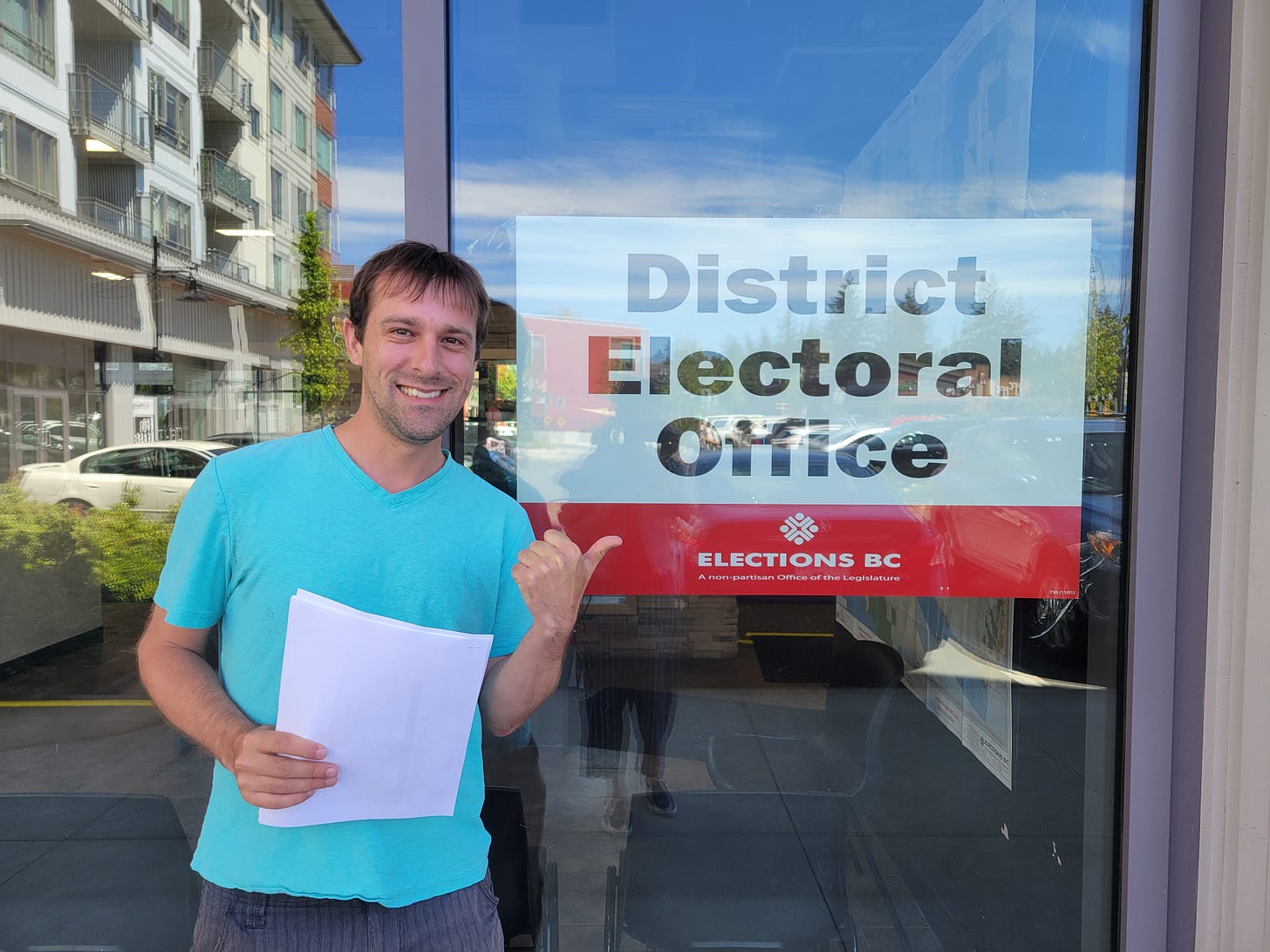
Voting on election day is the traditional way for people to cast their ballot, and a good option if you’re still making up your mind in the final days of the election. Voting places will be open from 8am to 8pm.
You'll stand in a line for a bit, then go to a table where someone will confirm your identity. Then you'll be handed a ballot and go behind a small privacy screen. There you can mark your ballot. Then you'll put it in an envelope and carry it over to a small machine. It'll go in the machine, and then you've voted!
Proving your identity
Each voter can only vote once, so you will need to prove your identity at the polling station. You have two options to prove you are who you say you are.
Show one of these pieces of ID:
A BC driver’s licence
A BC Identification Card (BCID)
A BC Services Card (with photo)
Another card issued by the Government of B.C. or Canada that shows your name, photo and address
A Certificate of Indian Status
Show any two pieces of ID or documents that both show your name. At least one must have your current address. Some examples:
BC CareCard
BC Services Card (without photo)
Birth certificate
Canadian Forces Photo Identification card
Citizenship certificate
Correctional Service Canada Offender Identification card
Firearms Possession and Acquisition Licence
Firearms Possession Only Licence
Old Age Security Identification card
Passport
Social Insurance Number card
Veterans Affairs Canada Health Care Identification card
For a longer list of options, click here.
If you cannot prove your identity with one of the above options, another person can vouch for you. There are special instructions for vouching.
You’ve voted — now what?
First, your vote will be added in with everyone else’s who cast a ballot in your riding. All the votes will be counted using tabulators, and the results announced on Elections BC’s website. Then, the candidate with the most votes will be declared the winner. In the below example, the NDP candidate narrowly wins in a close race with the Conservatives.
Then, your representative will join all the other elected Members of the Legislative Assembly (MLAs) and the party with the most seats will form the government, while everyone else will be part of the opposition. In 2020, an NDP MLA would join the government, as they won 57 seats — well above the line for a majority.
However, if no party has a majority of seats, they will need the support of other MLAs to form a government — specifically they need support on confidence votes. Failing a confidence vote triggers an election. In 2017, the BC NDP needed the support of all three Green MLAs to pass confidence votes.
This election the threshold for a majority is 47 seats, as the total number of seats has been increased to 93.
What else can I do?
You have 26 days before voting day. Get involved with a party, or a specific candidate, and help them knock on doors or make phone calls. But most importantly, make sure you and everyone you know votes.


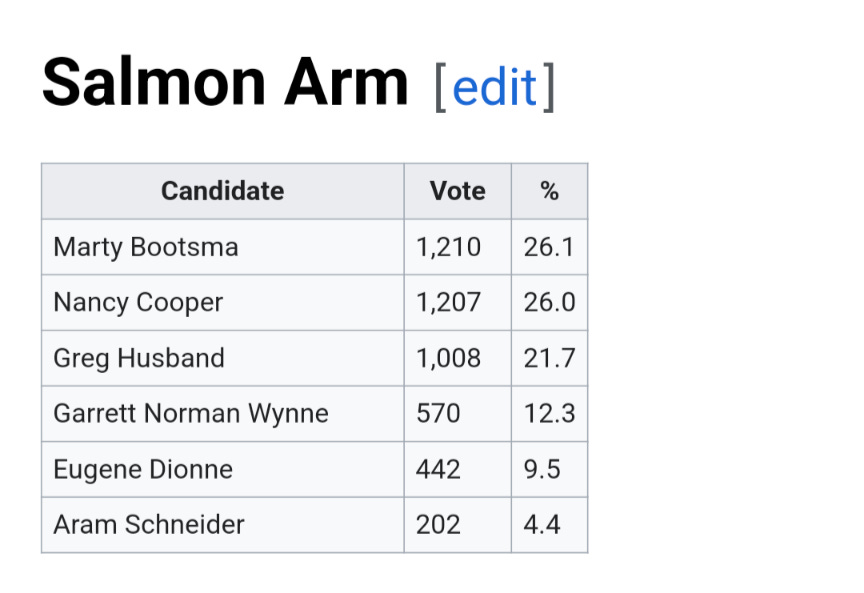
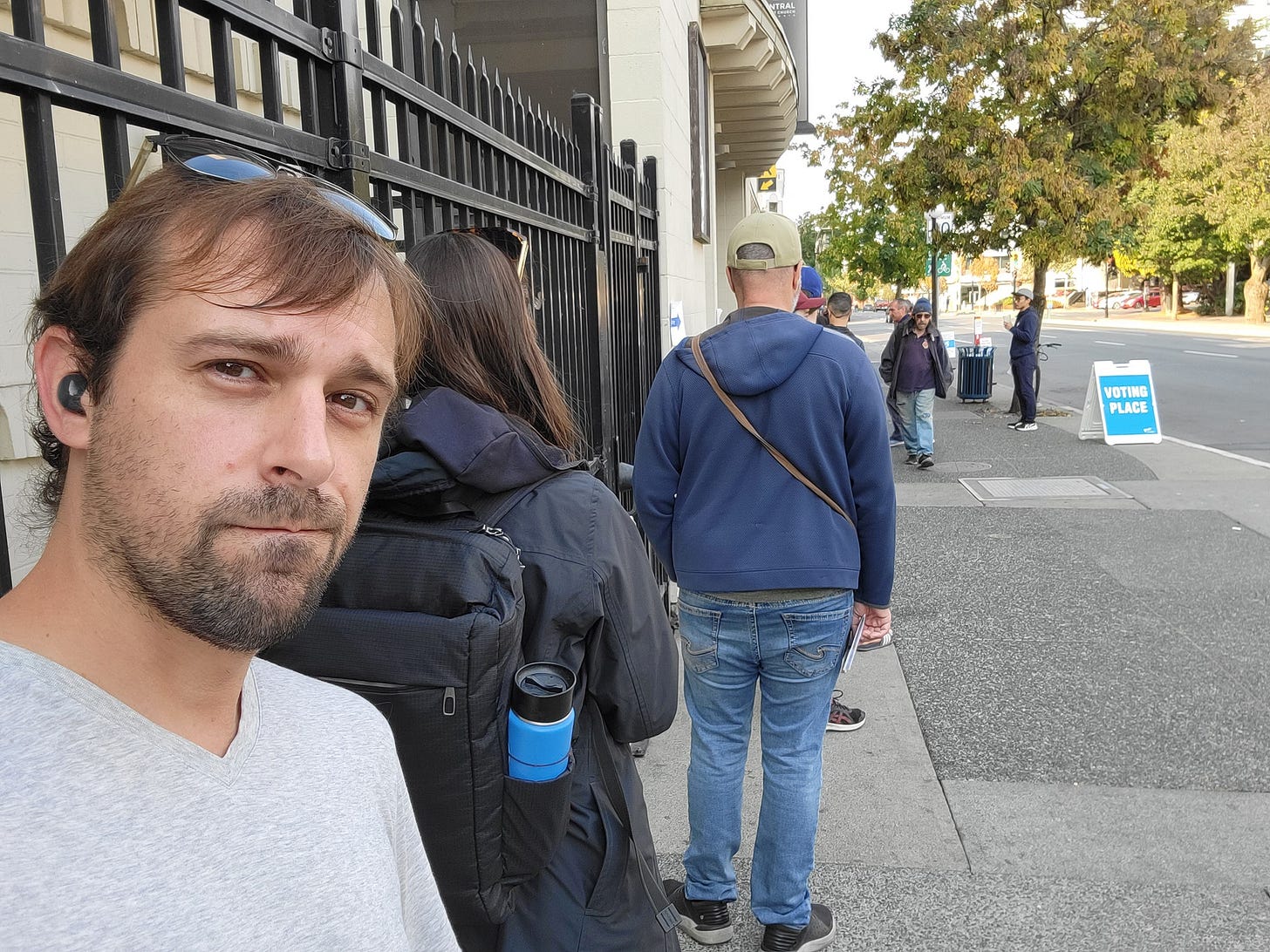
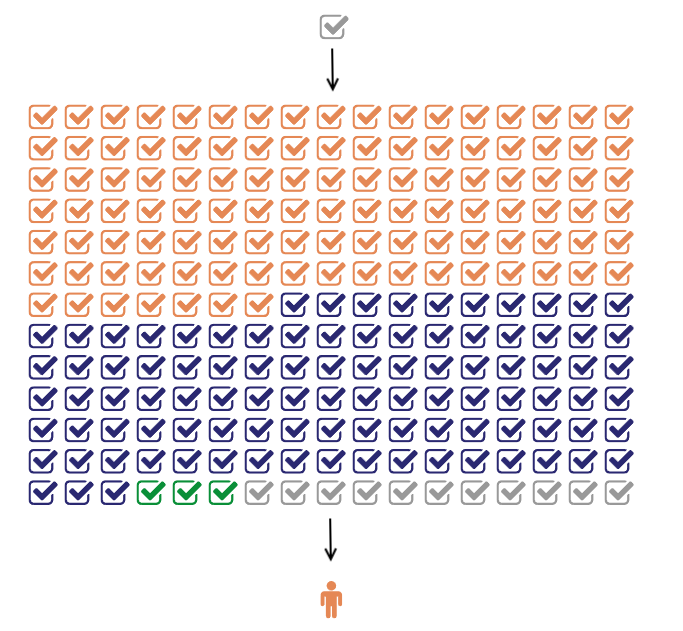
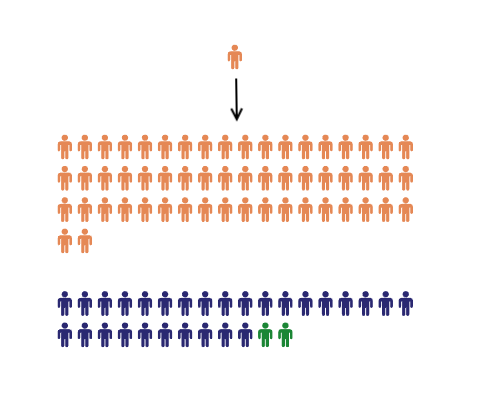
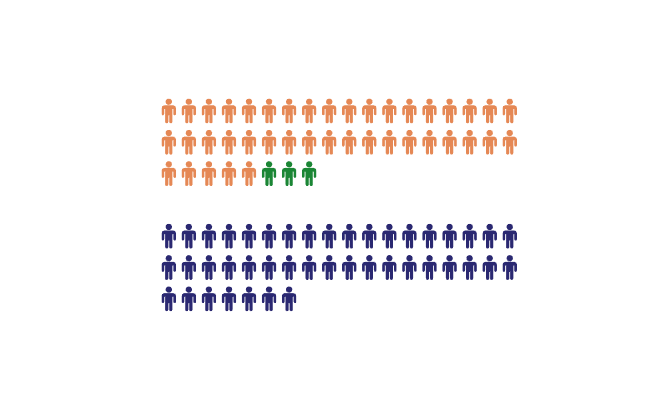
Yay. FPTP graphics.
Um Wait. #sad
You missed the part where a vote goes to judicial recount and then lawyers for each side try to get ballots for the other candidate tossed for any reason they can